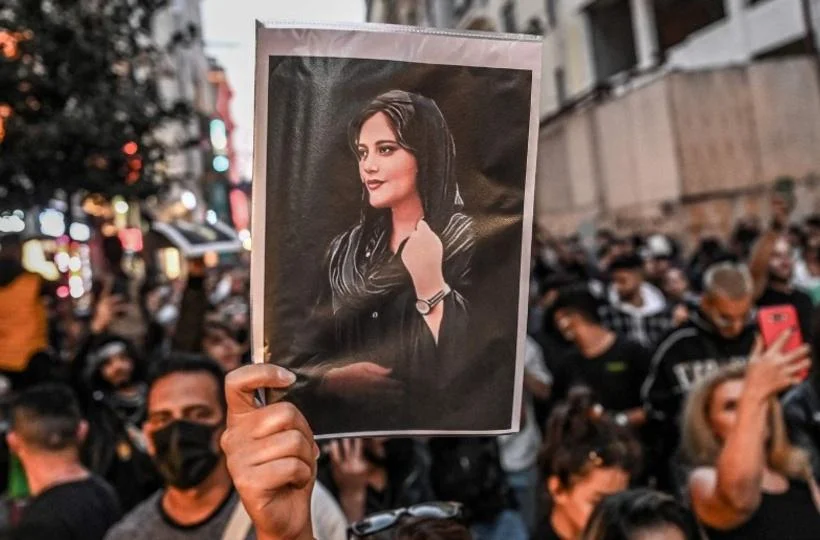As the anniversary of Mahsa Amini’s heartbreaking passing approaches, Iran finds itself at a critical juncture, reflecting on the profound consequences and far-reaching implications of a tragic incident that shook the nation and the world. The Iranian government has issued a stern warning against any signs of “instability” in the aftermath of the protests ignited by her death, setting the stage for a sobering period of retrospection.
Mahsa Amini, a 22-year-old Iranian Kurd, was arrested by morality police in Tehran on September 13 of the preceding year, allegedly for violating the strict dress code imposed on women by the Islamic Republic. Her detention marked the beginning of a chain of significant events that reverberated across Iran and beyond:
September 13 – Mahsa Amini’s life took a tragic turn when she was apprehended by morality police in Tehran due to an alleged dress code violation.
September 16 – The nation was plunged into mourning as Mahsa Amini tragically passed away in a Tehran hospital, slipping into a coma. Authorities claimed she suffered a heart attack after being taken to a police station for “education,” although her family vehemently denied any preexisting heart issues.
News of Amini’s untimely death sparked a wave of protests on social media, prompting President Ebrahim Raisi to call for a thorough investigation.
September 17 – Protests erupted during Mahsa Amini’s funeral in her hometown of Saqez, with the fervor soon spreading to the provincial capital and various cities across Iran. Chants of “Death to the Dictator” reverberated, and some women bravely removed and burned their headscarves in defiance.
September 19 – The protests gained momentum, leading to clashes between security forces and demonstrators in select cities within Kurdistan province.
September 20 – An aide to Supreme Leader Ayatollah Ali Khamenei visited Amini’s family to convey Khamenei’s grief over her passing.
September 21 – In response to the protests, Iranian authorities restricted access to Instagram and WhatsApp, while official sources confirmed eight deaths in the ongoing unrest.
September 22 – President Raisi emphasized that “acts of chaos” would not be tolerated, and the United States imposed sanctions on Tehran’s morality police.
September 23 – The Iranian government orchestrated gatherings in numerous cities, where attendees called for the execution of those involved in the protests. Simultaneously, the nation’s military vowed to “counteract a range of perceived threats posed by adversaries.
September 24 – The elite Revolutionary Guards accused armed dissidents of involvement in the unrest, initiating the first of several attacks on Iranian militant opposition bases in the Kurdish region of northern Iraq.
September 30 – Amnesty International reported that security forces, during a crackdown following Friday prayers in Zahedan, killed 66 people, including children, marking the deadliest day since the protests began. The Guards claimed that militants had fired upon a police station, sparking a shootout in which five of their forces and the Basij were killed.
October 3 – Ayatollah Khamenei voiced his backing for the security forces and asserted that Amini’s demise had been incited by Iran’s opponents. Consequently, demonstrations advocating for a change in the regime and condemning Khamenei erupted in various cities.
October 7 – A coroner’s report contradicted claims that Amini died from injuries sustained while in custody, linking her demise to preexisting medical conditions.
October 10 – Protests extended to Iran’s energy sector, with reports on social media documenting demonstrations by workers at various facilities.
October 15 – A blaze erupted within Tehran’s Evin prison, leading to the tragic loss of eight lives. This detention center accommodated numerous political and dual-national inmates, and eyewitnesses reported the sound of gunshots. Turmoil ensued following the commencement of patrols by riot police.
The events that unfolded in the wake of Mahsa Amini’s tragic passing offer a profound and sobering perspective on the enduring tensions and protests within Iran. This period of reflection is an opportunity to remember her, honor her memory, and consider the broader implications of her untimely death on the nation and its people.




